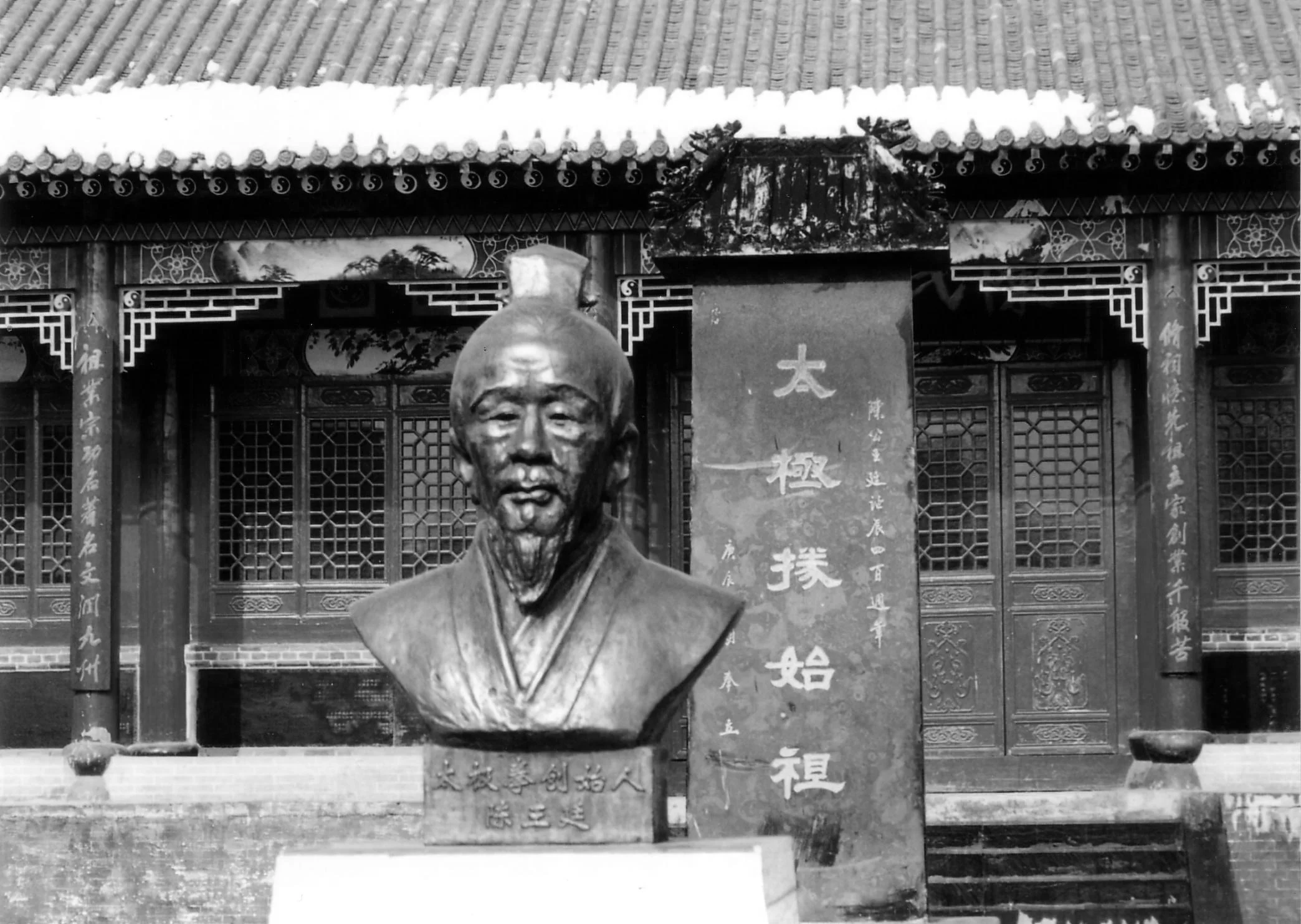CTGB was founded in 1998 with the goal of promoting authentic Chen Taijiquan
Chen Taijiquan is a multi-layered discipline with different interconnected elements including: basic single-movement drills, standing pole exercise, first and second hand forms, weapon forms and partner training. Each aspect is built upon and supports the others. Elements taught in CTGB classes include:
Form Training
Form training is Chen Taijiquan’s primary means of developing optimal movement skills and conditioning, providing the base for its comprehensive training system. Emphasis is placed on training two primary barehand routines. The first and more commonly practiced is the Yi Lu (First Routine), the second being the more dynamic Cannon Fist or Paocui routine. The traditional way is to first put the building blocks in place – a strong unmovable base, co-ordinated movement, agile footwork. Cultivate the correct energetic qualities – weighted at the bottom, light at the top, expanding from inside to outside and fullness in the dantian. With this basis develop an understanding of Taijiquan’s different types of trained power. Form training enables one to develop correct posture, to synchronise the different parts of the body and to increase co-ordination to the point where integrated whole body movement is achieved.
push hands
Push hands is a two-person training drill used is to develop sensitivity to the movement and intention of an opponent while masking one’s own intention. Harmonizing with the movements of an opponent, the practitioner works towards eliminating all tension and resistance within his own responses. In contrast to most external martial arts, the intention is not just to block an incoming force with greater force, but to “listen” to and “borrow” the opponent’s energy to defend oneself. Chen style Taijiquan traditionally uses five methods of push hands progressing from simple static single hand methods to complex free stepping drills.
Standing Pole
Standing pole or zhan zhuang is the most basic exercise of Taijiquan and is an exercise common to many Chinese martial arts. With arms held in front of the body as if holding a large ball, the practitioner stands and quietly observes the natural flow of breath and sensation. During “standing” practice a static posture is maintained for a period of time, with emphasis upon developing awareness of and maintaining the most efficient and relaxed structural alignment necessary to hold the position.
Reeling Silk Exercises
Using repeated single movements in different dimensions, reeling silk exercises (chansigong) are used to train Chen Taijiquan’s signature spiral type movement. By training a variety of drills students learn how the body must move and understand how to use strength in unique way required in Taijiquan.
weapons
A wide variety of weapons continue to be practiced in Chen Taijiquan, a fact that comes as something of a surprise to many people. These include the sword, broadsword, spear, halberd, long pole, and double iron mace, among others. Preserved within the weapons routines are flexible sinuous movements, dynamic actions, swift changes in tempo, and fierce chopping, slicing or thrusting movements. Beyond their obvious functions, the different weapons help to train many diverse qualities essential in honing a “Taijiquan physique" - attributes such as strength, dexterity, agile footwork and whole-body coordination. In time the demands of the different weapons, with their distinct characteristics and techniques, can have a transformative effect shaping new levels of body awareness and dexterity.


